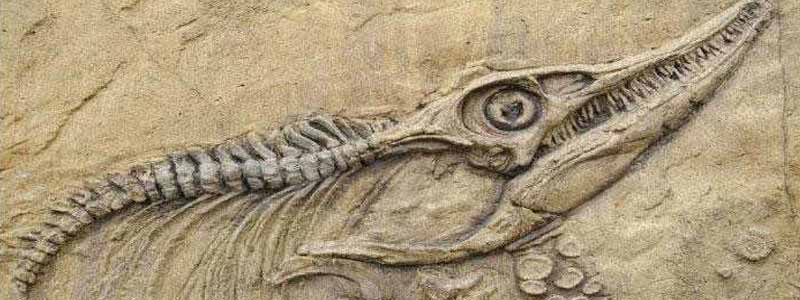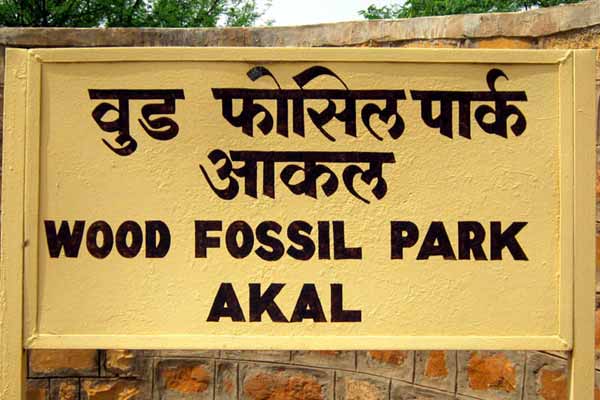Akal Wood Fossil Park in Jaisalmer is one of the destinations dedicated to the prehistoric era. It is located on the Barmer road around 17 km away from Jaisalmer city. Akal Wood Fossil Park is the pride of Jaisalmer city; it is the National Geological Monument of India. Spread over 21 hectares of land, the park lies in the region of the potential geological park in Jaisalmer fossil belt. The barren and rocky terrain has about a dozen of fossilized wood logs and exposed tree trunks protected by iron grilled cages and tin sheet roofing Jaisalmer Attractions.
The park houses 25 petrified tree trunks, with about a dozen of fossilised wood logs. It has fossils of over 180 million years and petrophyllum, equisetitis a ptyllophyllum species of the early Jurassic period. The nearby Thaiyat area is a renowned place where the fossils and footprints of Pterosaurs were found. There are also remnants of non-flowering trees such as Redwood, Deodar and Chir. The existing fossils of gastropod shells imply that the region was a sea once upon a time.
Akal Wood Fossil Park It is believed that fossils are lying deep within the soil. Hence excavation processes are ongoing. It was declared the National Geological Monument by the Geological Survey of India in the year 1972, who maintained the park till 1985 after which it was handed over to the Forest Department of the Government of Rajasthan.

HISTORY OF AKAL WOOD FOSSIL PARK
Many types of research have been conducted in this park and there were different outcomes on the origin of this fossil park. The most acceptable and close to the truth is that it was a densely growing forest, a very hot and wet place where thousands of different species of plants, trees, and animals were present over 180 million years ago. Due to some unknown reasons or geological changes, this place was submerged by the large sea in the process of nature and the whole forest came under the sea. But after millions of years and many natural climatic changes the forest is now a Fossil Park which has some unbelievable things to experience and to see Akal Wood Fossil Park.
In the year 1972, the “Geological Survey Of India” declared this place as a geological monument that comes under the governance of the government. Till the year 1985, GSI maintained the park and then it was handed over to the Forest Department of Government of Rajasthan. Currently, the forest is in the hands of Akal Wood Fossil Park and they have been taking good care of it by covering the exposed tree trunks with iron cages of tin shooting roof for its protection. Existence if fossils of gastropod shells also suggest the submerging of the forest by the sea. The history of this place is vast and rich with fossils and their origins Jaisalmer Tour Packages.
Best Time to Visit
The best time to visit Jaisalmer is during the winter season starting from November till March, when the temperature is at its best and you can enjoy every bit of this amazing city. The pleasant breeze and warm sunlight allow you to be out all day and indulge in the mystical land of art, Akal Wood Fossil Park culture and beauty Jaisalmer Tourism.
How to Reach
Local transport in Jaisalmer is convenient with a number of options including auto rickshaws, tongas, bicycles and interstate buses Akal Wood Fossil Park.
